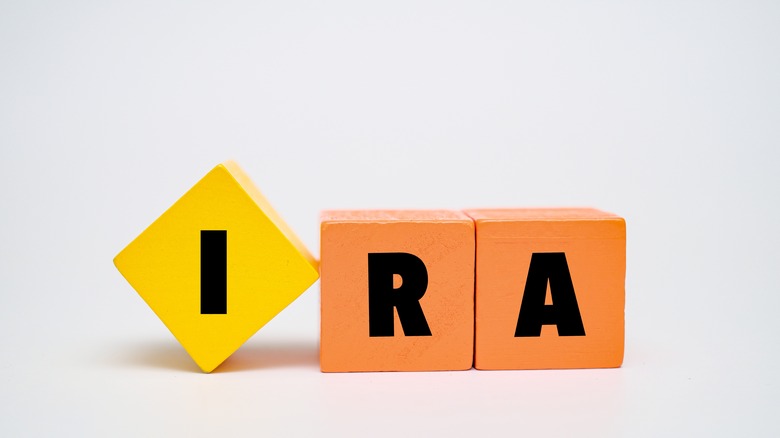Back Up Plans You Should Start Thinking About ASAP In Case Social Security Runs Out
Every day the Social Security retirements benefit program inches closer to its breaking point. The good news is that the safety net will not fail entirely. The sobering reality is that significant cuts are looming. This is because Social Security receives the overwhelming majority of its funding from payroll taxes. In the next few years, the revenue will be drying up as the baby boomer generation departs the workforce, according to USA Today.
The program will be further strained from all of the simultaneously retiring American workers who will not pay into the fund anymore. On top of this, DOGE head Elon Musk claims he has found hundreds of millions in fraudulent social security benefits payouts. Social Security possesses trust funding that will maintain the funding gap for a while. Unfortunately, this will only last through 2033 at current annual projections, according to the annual report of the Social Security trustees. At that point, Social Security will be forced to cut back on the monthly benefits it pays out with a dramatic 21% benefits reduction.
This revelation means that Americans should start working on alternatives while they still have time to adjust their retirement funding plans. There many ways to do this, including three approaches to market investing discussed here. The first is to max out annual IRA or 401(k) retirement contributions. Two other routes include investing for the long term in Bitcoin cryptocurrency or in one of several strongly performing ETFs (exchange traded funds) to maximize market returns.
A good starting backup plan is to max out IRA contributions
The best plan of action is to save as much as possible each year. This way if the dreaded Social Security benefits cuts do happen in the next decade, workers will be able to salvage their retirement plans by maintaining more control over what they enter retirement with. If possible, saving at least 25% of all income going forward can help workers reach the amount of money they need in savings to retire with less dependency on the government.
That sounds like a large amount of money, but the first easy step is to max out IRA or 401(k) contributions each year. IRAs are held by over 55 million American households. The figure represents 42% of all workers in the United States today, with some 71.5 million having access to a 401(k).
The IRS allows workers to save as much as $7,000 per year individually in IRAs in 2025. Those Americans who are 50 or older are able to add $1,000 in additional retirement savings contributions bringing the total to $8,000 a year. Even for those who have not started contributing to their IRA at 50, starting this year would amount to reaching $128,000 in deposits by the time they turn 65 if maxed out each year. Investment gains would add to this amount considerably over the ensuing 15 year period. Couples saving together could reach $256,000 in their IRAs within this same timeframe. For 401(k) holders, the 2025 maximum is $23,500, with an additional $7,500 catch-up contribution for those age 50 and older, and a new $11,250 catch-up for those aged 60 to 63.
Other investment ideas to help cope with a 20% benefits cut in the coming decade
Two additional ideas to help maximize gains on retirement savings over the coming decade have each yielded dramatic investment returns over the past 10 years. They are to invest in Bitcoin as a holding strategy, and to invest in ETFs outside of, and in addition to, your retirement account.
Bitcoin remains the original cryptocurrency, and it is still the crypto king by the measures of investor market share and total market cap. In the past 10 years, BTC has averaged a phenomenal 49% gain annually, per the E-Trade knowledge library. Even a fraction of these returns in the future could help to bolster a retirement account for your golden years. It's important to consider, however, that cryptocurrencies are a relatively novel concept and that investing in these assets comes with significant risks, including volatility and the lack of an extensive performance history on which to gauge future potential.
A more vetted recommendation is to find and invest in several strongly performing ETFs. There are a few things to know before investing in ETFs. A good broadly-based exchange traded fund like Vanguard's Total Market Index (VTI) will create instant portfolio diversification. This allows workers to invest in many different companies by purchasing the single security. ETFs also help to keep down commission costs investors incur by frequently trading or by purchasing many different equities in an attempt to create effective diversification. Studies have shown that funds like VTI have doubled about every seven years, on average — a staunch addition to any retirement portfolio.


